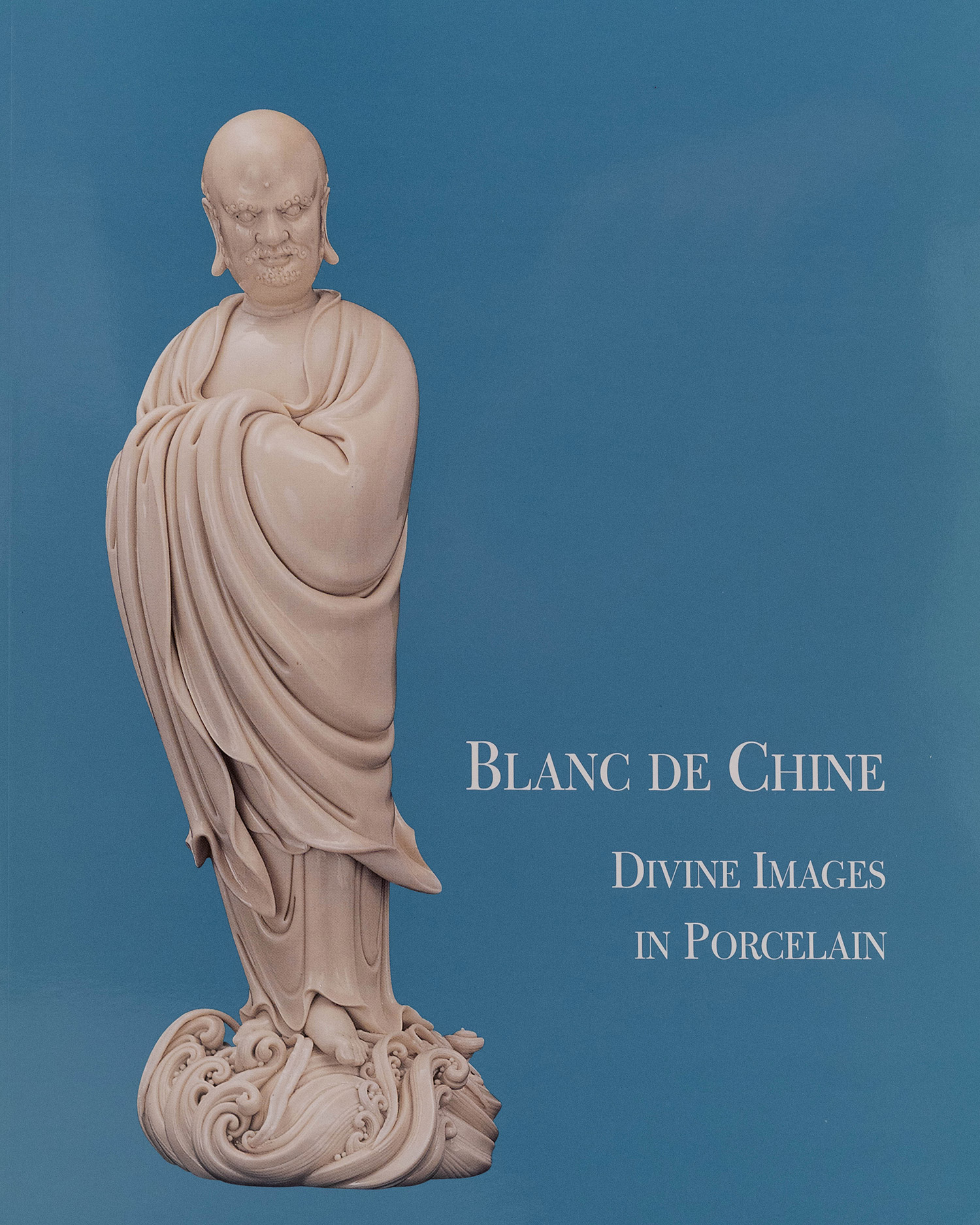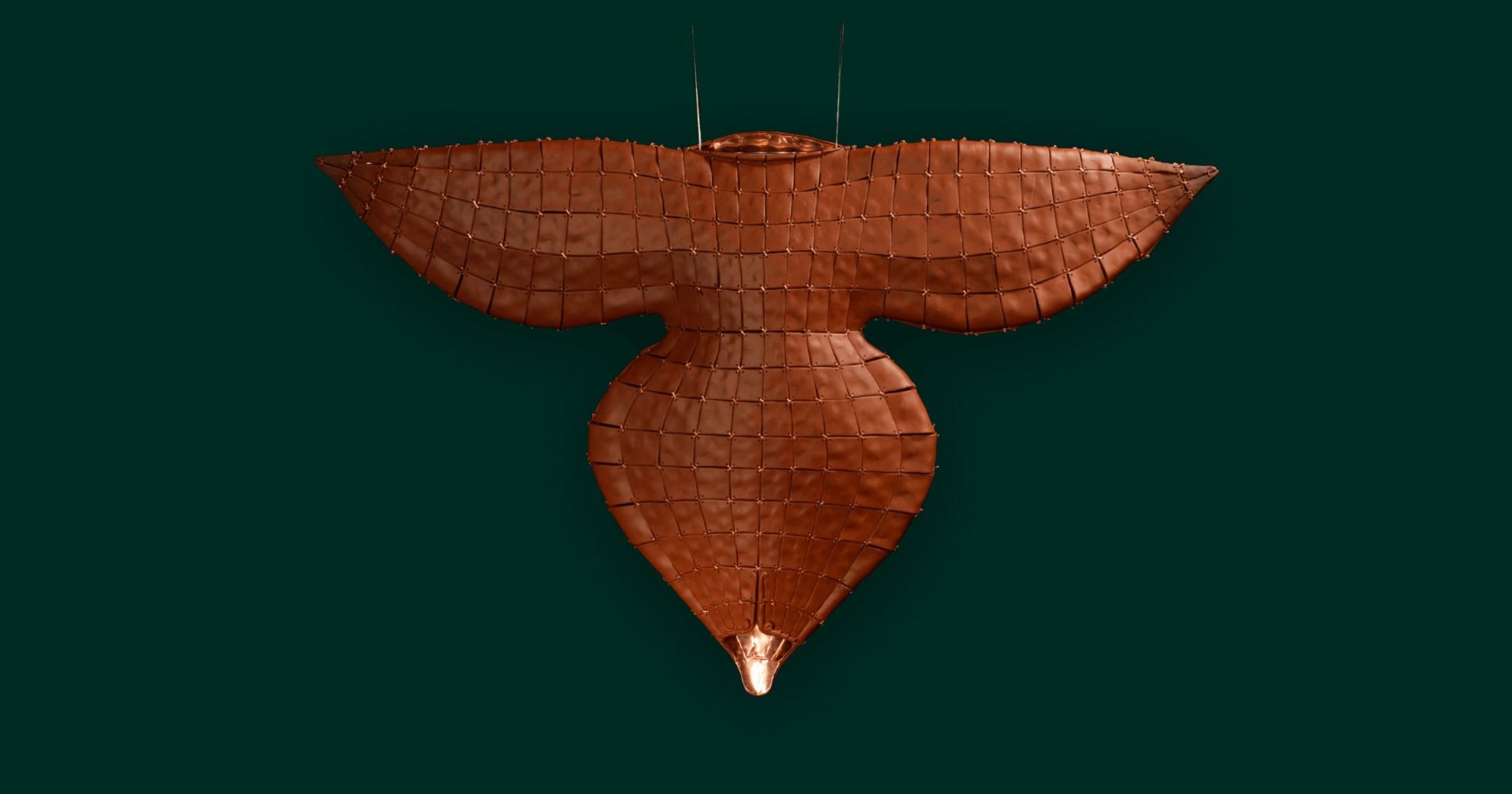Known as “Blanc de Chine” in the West, Dehua ware, one of the most famous and important white-glazed porcelains, was produced in Dehua 德化 (meaning “Virtuous Cultivation”) in Fujian Province, as early as in Song dynasty (960–1279). Distinguished by its soft and lustrous appearance, Dehua ware was popular during the Ming (1368–1644) and the early Qing (1644–1911) dynasties. Featuring nearly eighty pieces from the fourteenth century through the early twentieth century, this exhibition presented sculptures of Buddhist and Daoist deities as well as animal sculptures, wine pots, bowls, scholars’ accessories, and unusual European pieces designed for export during the seventeenth and early eighteenth centuries.
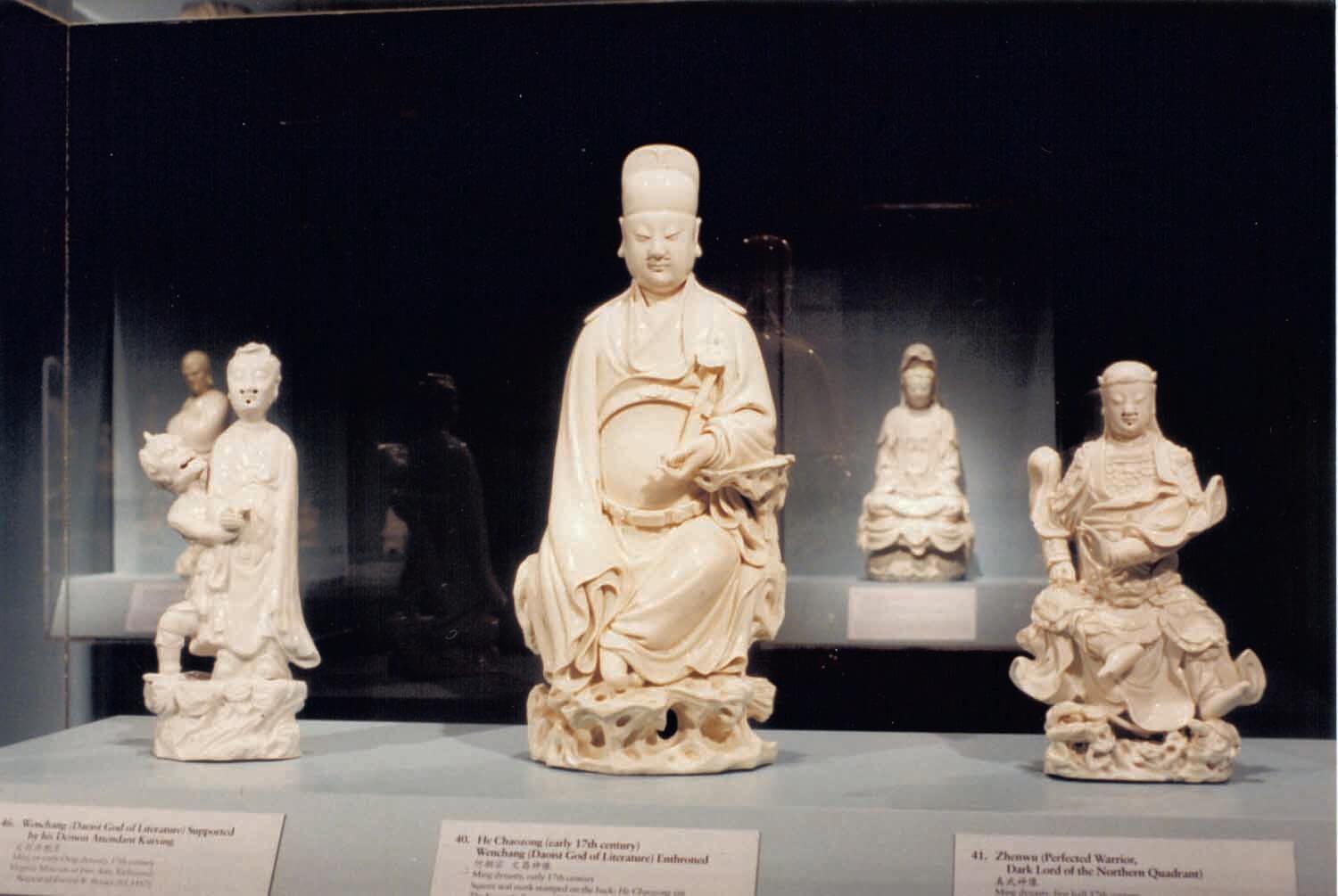
Blanc de Chine: Divine Images in Porcelain
德化窑:白瓷美影
September 19 – December 7, 2002
Curated by John Ayers
Exhibition Catalogue
Authors: John Ayers with an essay by Yuan Bingling
The fine, white-glazed porcelain figures and vessels produced in Dehua, Fujian province, have long been admired in the West under the name blanc de Chine. Featuring a wide selection of examples from American collections, this exhibition catalog explores the history and the unique economic and cultural circumstances of this remarkable ware both in China, where it was produced and used domestically, and in Europe where it was exported. It also offers a fresh look at attributions to master potters from the Ming dynasty into the twentieth century.
Exhibition catalog, 2002. Paperback, 139 pages: ill.
ISBN: 0-9654270-6-4
Media Coverage
- Wendy Moonan, “Antiques: Made in China: All White, Milky, Lily or Lard,” The New York Times, October 25, 2002.
“Blanc de Chine is the neglected stepchild of the Chinese porcelain family. Chinese porcelain experts have, by and large, ignored the fine, white-glazed porcelain…Now that neglect is coming to an end. The China Institute in Manhattan is exhibiting 77 luminous examples borrowed from museums and private collections all over the world.”
- Willow Chang, “Blanc de Chine at the China Institute Gallery,” Orientations, February 2003.
- Martin Barnes Lorber, “Blanc de Chine Divine Images in Porcelain,” Asian Art, September 2002.
Media Coverage
- Sing Tao Daily 星岛日报
- The New York Times
Related Programs
- Curator’s Lecture: John Ayers, “Blanc de Chine: Divine Images in Porcelain” (September 19, 2002).
- Lecture: William R. Sargent, “The Export Porcelain of Dehua” (October 8, 2002).
- Lecture: Kenneth Dean, “Local Culture in Fujian” (November 29, 2002).
Related Events
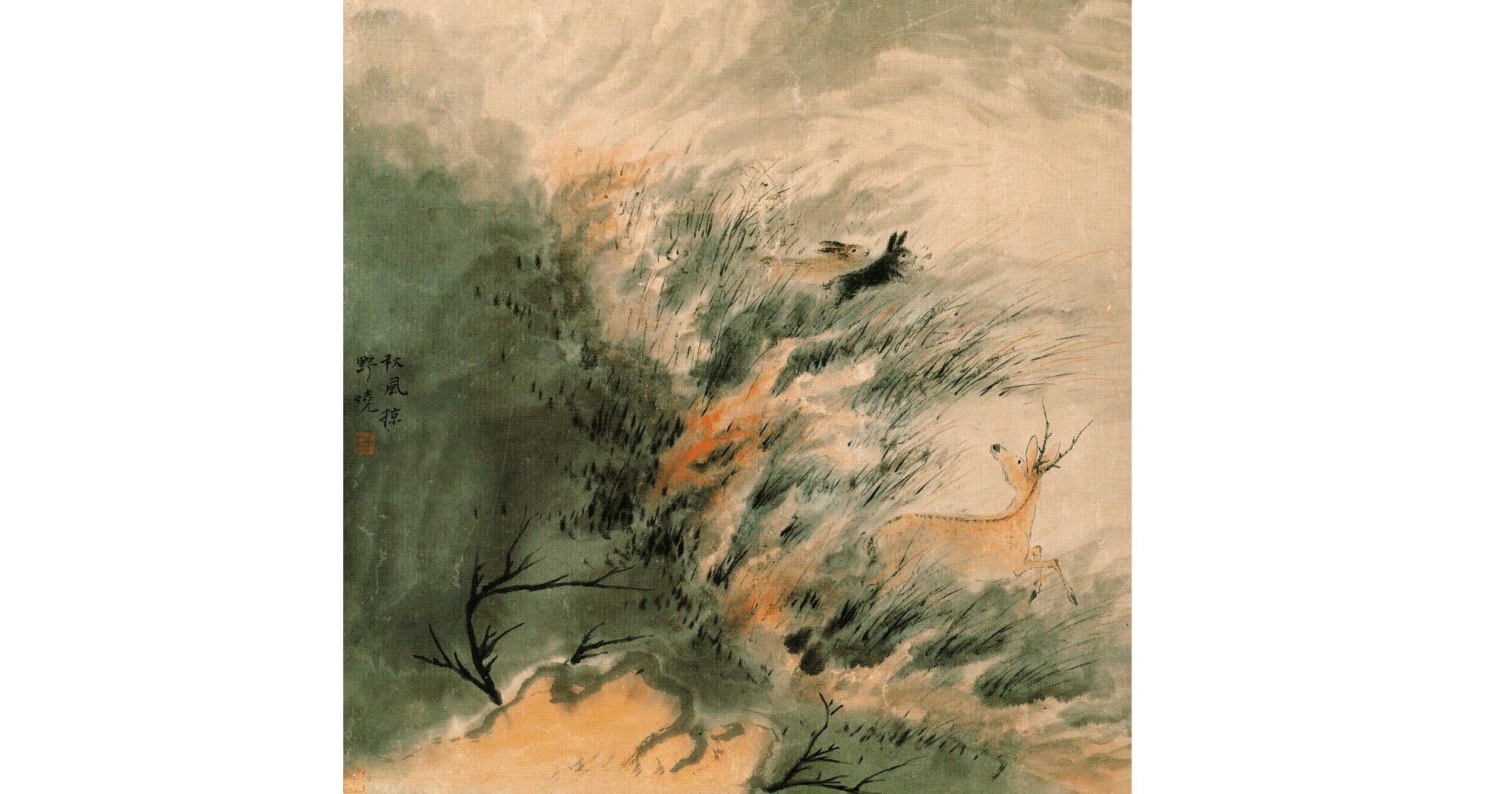
September 10, 2026 - January 3, 2027
Founded in 1966, the China Institute Gallery has presented the history of Chinese art from antiquity to the present through superb and thought-provoking...
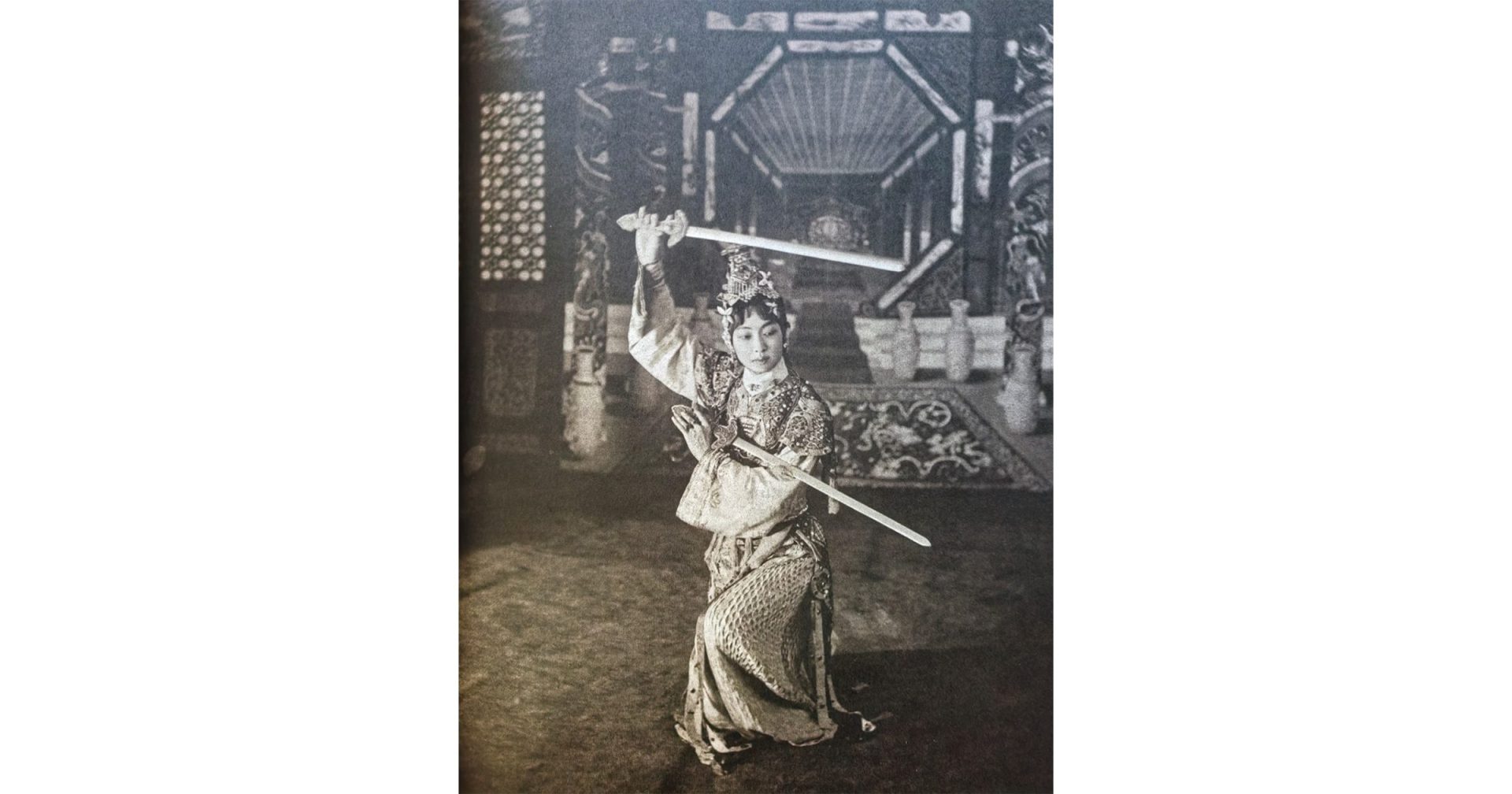
March 5 - July 19, 2026
One of the most dazzling of the performing arts, Beijing Opera features magnificent costumes inspired by the court attire of the Ming dynasty. The genre’s...
No related events found
